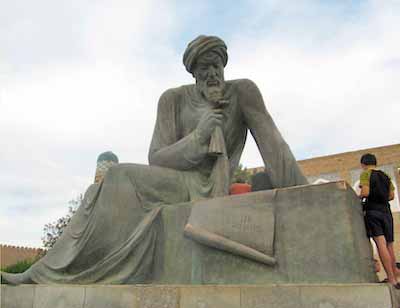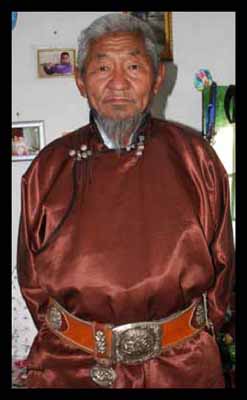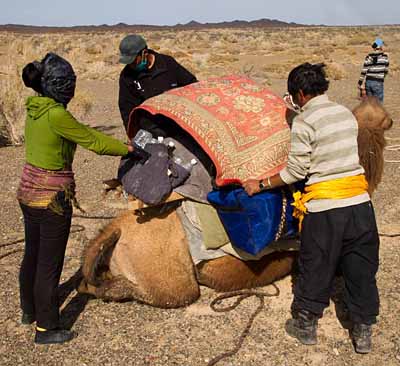Mongolia | Chingis Rides West | Jurchens | Jin Dynasty | Part I
Earlier I wrote about the Uighurs and the Xi Xia . Now I must finally turn my attention to the Jin Dynasty, also known as the Jurchen Dynasty (1115–1234). The people known as Jurchens who went on to found the Jurchen, or Jin Dynasty, originated around the timbered basins of the Amur, Ussuri, and Sungari rivers in Manchuria, in what is now northeast China. Their language was Tungusic, an eastern extension of the Altaic language family and closely related to Manchu, the language of the people what would later create the Qing Dynasty. Almost nothing is known of their history prior to the tenth century a.d. Apparently they began to use iron only in the early eleventh century. One tribe of the Jurchen, the Wanyan, began making farming tools and weapons from iron and on the basis of this new technology soon dominated their neighbors. Under the leadership of a chieftain known as Wugunai (1021–1074) the Wanyan soon assumed leadership of a loose confederation of the various Jurchen ...


